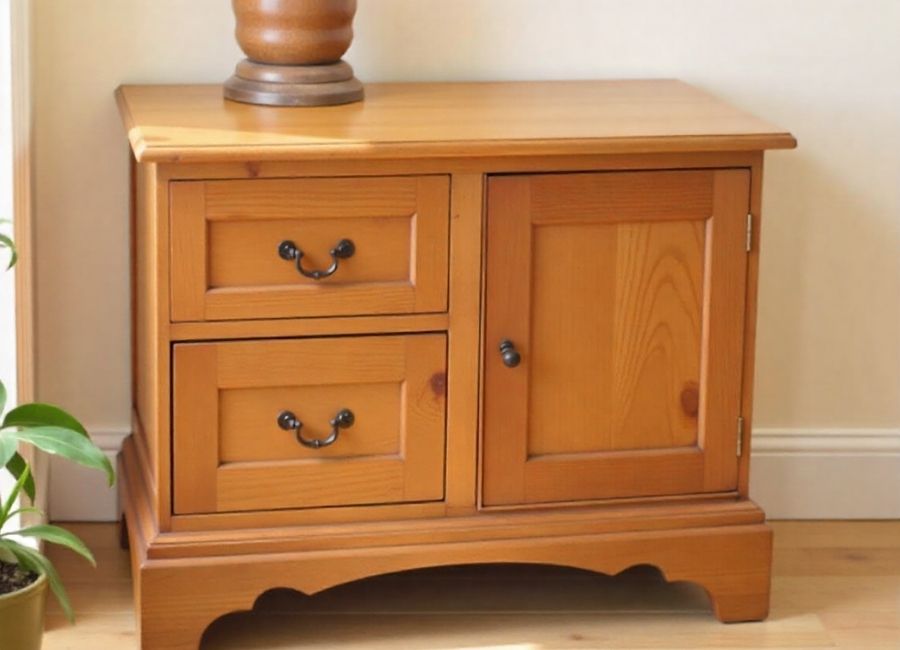Water damage can turn your beautiful wooden furniture into a warped, swollen mess. Whether it’s from a leaky roof, spilled drinks, or flooding, water-damaged wood furniture doesn’t have to end up in the trash. With the right techniques and patience, you can often restore your pieces to their former glory.
Wood swells when it absorbs moisture because the fibers expand. (Wood and Water, n.d.) This natural reaction can cause doors to stick, drawers to jam, and surfaces to buckle. The good news? Many water-damaged wooden pieces can be saved with proper treatment and care.
Understanding the extent of damage helps determine your approach. Surface-level swelling from recent water exposure responds better to treatment than deep, structural damage from prolonged moisture. (How to Fix Water-Damaged Swollen Wood Furniture, n.d.) The sooner you act, the better your chances of successful restoration.
Assess the Damage Before You Begin
Start by examining your furniture thoroughly. Look for visible swelling, warping, discoloration, or soft spots that indicate deeper damage. Check joints, edges, and hidden areas where water might have pooled.
Determine how long the wood has been wet. Fresh water damage within 24-48 hours has the best restoration potential. (Water Damage Restoration Timeline: What to Expect, n.d.) Furniture that’s been soaked for weeks or shows signs of mold requires more intensive treatment or professional help.
Test the wood’s stability by gently pressing different areas. Soft, spongy sections indicate significant moisture penetration that may require replacement of affected parts.
Remove Excess Moisture Immediately
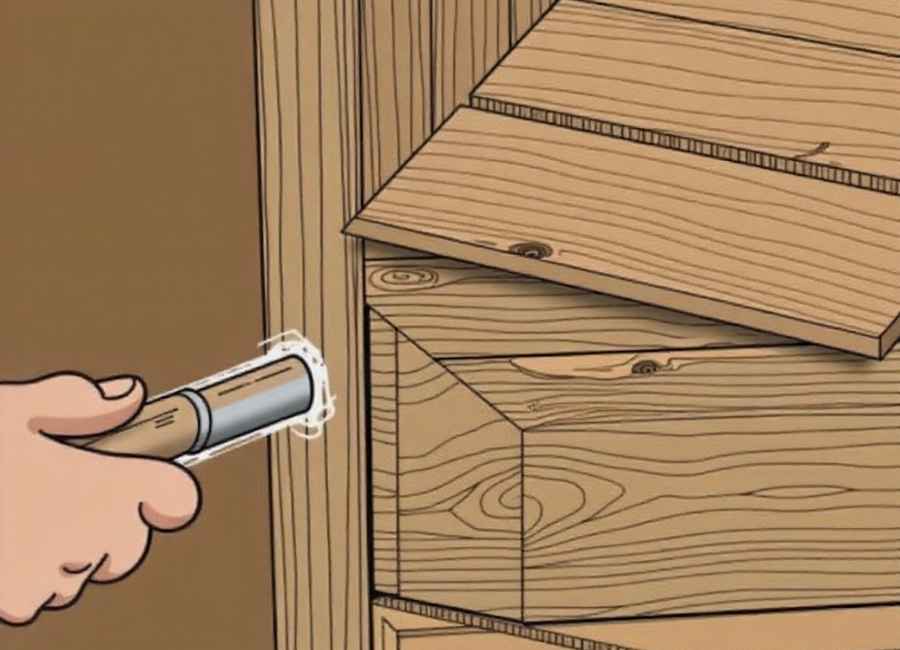
Time is critical when dealing with water-damaged wood. Remove any standing water with absorbent towels or a wet vacuum. Work quickly but gently to avoid pushing water deeper into the wood grain.
Strip away any wet fabric, cushions, or removable hardware that could trap moisture against the wood. These items can continue releasing moisture into your furniture even after you’ve started the drying process.
Position the furniture away from direct sunlight or heat sources, which can cause rapid drying and additional cracking or warping. (How Furniture Manufacturers And Retailers Can Protect Wood Furniture, 2023) Instead, choose a well-ventilated area with consistent temperature and moderate humidity.
Create Optimal Drying Conditions
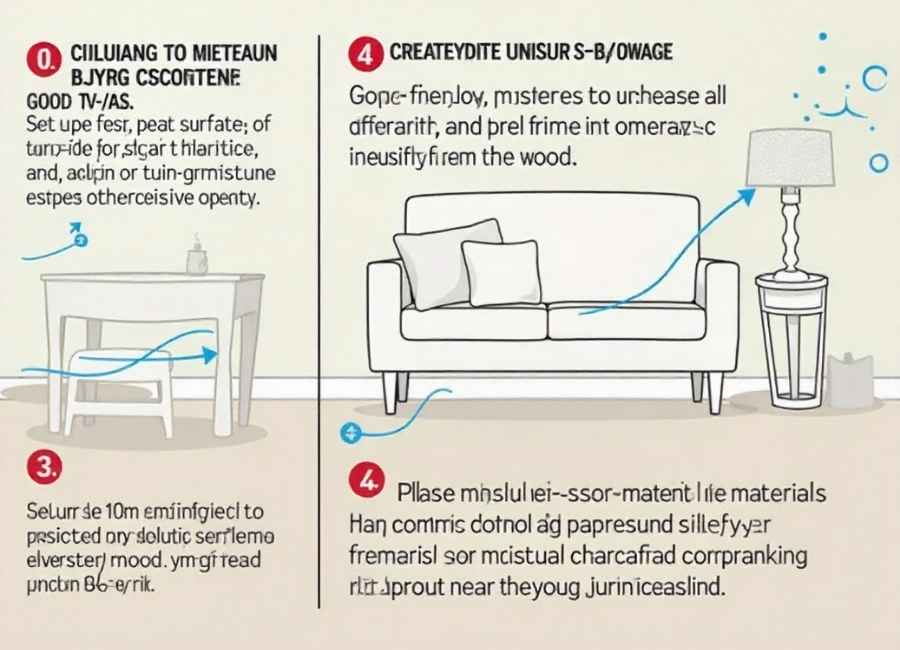
Set up fans to circulate air around all surfaces of your furniture. Good airflow prevents mold growth and helps moisture escape evenly from the wood. Position fans at different angles to ensure comprehensive coverage.
Use a dehumidifier to control room humidity levels. Aim for 30-50% humidity to encourage steady moisture evaporation without over-drying the wood. (How to properly dry wood after water damage?, n.d.)
Place moisture-absorbing materials like silica gel packets, activated charcoal, or commercial moisture absorbers near your furniture. Change these materials regularly as they become saturated.
Apply Heat and Pressure for Minor Swelling
For small areas of swelling, try the iron method. Place a clean, damp cloth over the swollen area and press with a warm iron for 10-15 seconds at a time. The steam helps relax the wood fibers while the heat encourages moisture evaporation.
Monitor the wood closely during this process. Stop immediately if you notice any burning, discoloration, or if the swelling worsens. This technique works best on solid wood rather than veneer or laminated surfaces.
Allow the area to cool completely between applications. Rush the process, and you risk damaging the wood’s cellular structure permanently.
Use Weights to Flatten Warped Surfaces
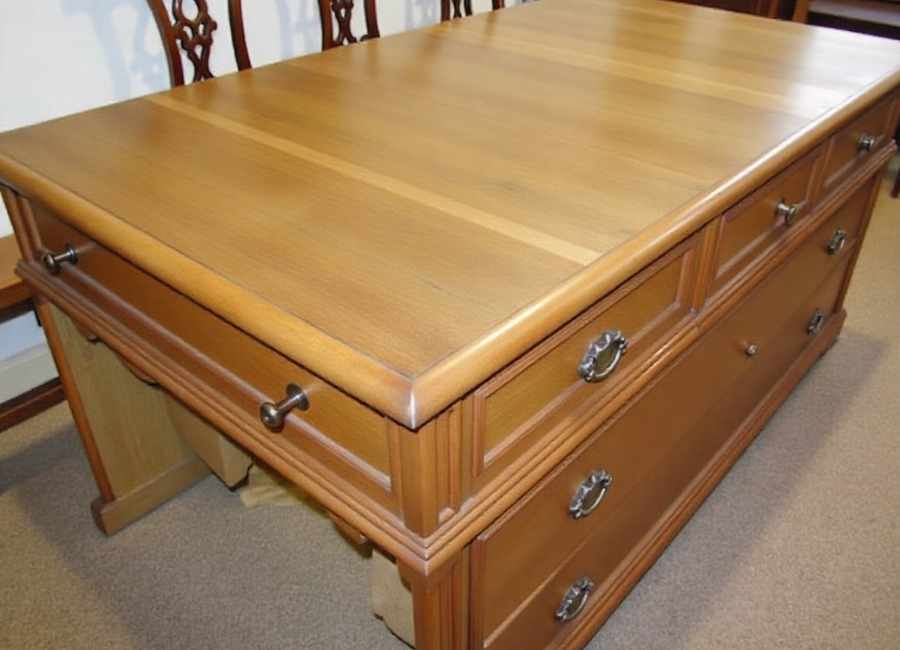
For larger warped areas, weighted flattening can help restore shape. Place the furniture piece on a flat surface and position heavy books, weights, or clamps over the warped sections.
Distribute weight evenly to avoid creating pressure points that could crack the wood. Use soft padding between weights and the furniture surface to prevent indentations.
Leave weights in place for several days to weeks, depending on the severity of warping. Check progress regularly and adjust weights as needed.
Sand and Refinish When Necessary
Once your furniture is completely dry and flat, assess the surface condition. Water damage often raises the wood grain, creating a rough texture that requires sanding.
Start with medium-grit sandpaper (120-150 grit) and work gradually to finer grits (220-320). Sand with the grain direction to avoid creating scratches across the wood pattern.
Apply wood conditioner before staining to ensure even color absorption. Choose stain colors that match your original finish, or embrace the opportunity to refresh your furniture’s appearance entirely.
Address Stubborn Stains and Discoloration
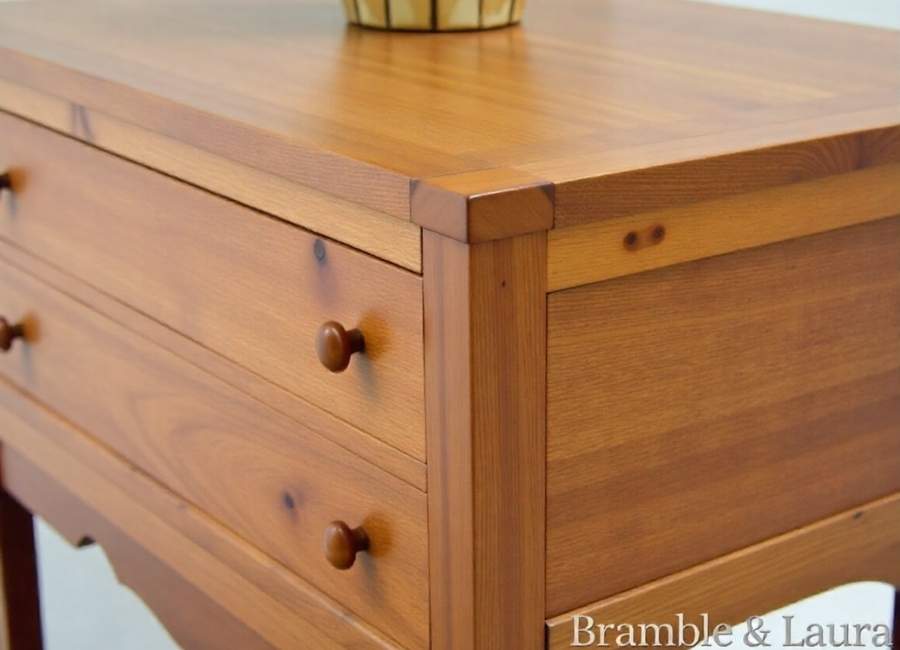
Water stains penetrate differently into various wood types. Light stains may lift with gentle sanding, while darker discoloration might require bleaching treatments.
Oxalic acid (wood bleach) effectively removes most water stains. (Bramble & Laura, 2010) Apply according to manufacturer instructions, always working in well-ventilated areas with proper protective equipment.
For persistent stains, try household remedies like mayonnaise, toothpaste, or baking soda paste. These gentle abrasives can lift surface stains without harsh chemicals.
Prevent Future Water Damage
Apply a protective finish once your restoration is complete. Polyurethane, lacquer, or paste wax creates barriers against future moisture exposure. (Restore Water-Damaged Wood Furniture, 2024)
Position furniture away from potential water sources like windows, pipes, or areas prone to spills. Use coasters, placemats, and protective pads to shield surfaces from daily moisture exposure.
Maintain consistent indoor humidity levels year-round. Sudden changes in moisture can cause wood to expand and contract, leading to cracks and joint separation. (How to Prevent Solid Wood Furniture from Cracking, n.d.)
When to Call Professionals
Some water damage exceeds DIY repair capabilities. Extensive mold growth, structural damage, or valuable antique pieces require professional restoration services.
If your furniture shows signs of rot, has separated joints, or the damage affects more than 50% of the piece, a professional assessment can help determine if restoration is cost-effective.
Insurance may cover professional restoration for significant water damage events. Document the damage thoroughly and contact your insurance provider before beginning extensive repairs.
Restore Your Furniture’s Beauty
Water-damaged, swollen wood furniture isn’t necessarily ruined furniture. With patience, proper techniques, and realistic expectations, many pieces can return to functional beauty. The key lies in acting quickly, controlling moisture effectively, and allowing adequate time for proper restoration.
Success depends largely on the damage severity and wood type, but even partially successful restoration extends your furniture’s useful life significantly. Each rescued piece represents both environmental responsibility and preservation of craftsmanship that might otherwise be lost.
Start with less visible areas to practice your technique, then move to prominent surfaces once you’ve gained confidence. Your restored furniture will carry the added satisfaction of your personal craftsmanship alongside its renewed functionality.







